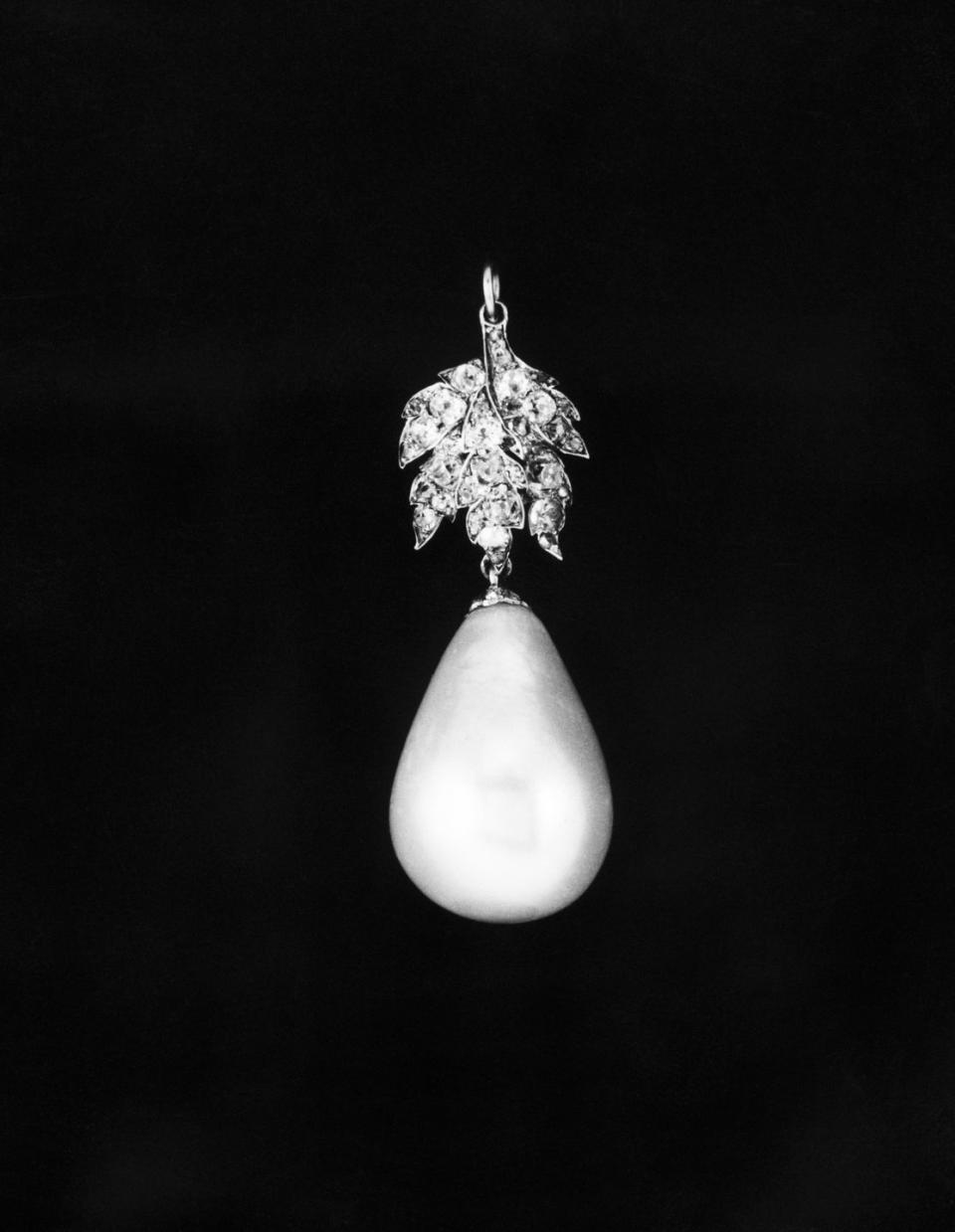The Spanish Royal Jewel That Got Away
- Oops!Something went wrong.Please try again later.
Is he really back? For some, the news of King Juan Carlos brief return to Spain after nearly two years of self-imposed exile in the United Arab Emirates renewed conversation around the future of the Spanish royal family. For some—or was it just me?—it renewed conversations around the history of the Spanish Crown Jewels.
They do not possess the high historical significance of the British Crown Jewels— there is no Imperial State Crown here with the Black Prince’s “Ruby” at the center stolen in 1371 from the body of Sultan of Granada by Pedro the Cruel, and the small pearls in the back that may have belonged to the Virgin Queen. They do not hold the controversy of the French Crown Jewels, sold at auction in an act referred to as “jewelry vandalism” to provenance hungry Gilded Age Americans in 1887 in an effort to rid France of any symbols of the monarchy. They do not really have a signature piece like the Swedish royals cameo tiara. But it didn’t need to be this way.
They are known, officially, as joyas de pasar, “the jewels that are passed on,” and the collection was formalized by Queen Victoria Eugenie of Spain in 1963. (Note: she was Queen Victoria of England’s granddaughter and also, she was more widely known as Queen Ena). The joyas de pasar include an impressive Fleur de Lys diadem that you would recognize from images of Queen Sofia and more recently Queen Letizia, a long riviere of very large diamonds, a pair of diamond cluster earrings, and a set of pearls that Queen Ena was especially specific about in her will. From them hang a pearl she thought to be one of the most important in history. She was wrong. This is La Peregrina II. So what happened to number one?

Well they had that one once too (and just about every important pearl—part of Columbus’s royally sponsored mission was to bring them back from the Americas). The pearl they call La Peregrina (“the Wanderer”) is one of those stones so full of history and myth and rarity that jewelry people sort of sigh whenever it comes up.
Case in point. I ask Rebecca Selva, jewelry historian and creative director at Fred Leighton why we are all so obsessed with it: “Rare and always considered valuable and of unique beauty, natural pearls have been tied to civilization as myth, symbol of love, power and status, and as ultimate object of desire. La Peregrina is one of the world’s largest natural pearls. Imagine when it was found in the 16th Century—a natural pear-shaped pearl of such extraordinary size and weight, lustre and perfectly symmetrical. Otherwordly in its size and beauty, it could only be in the hands of a king. And so began its journey as a Spanish Crown Jewel, like its beautiful nacre, La Peregrina’s travels and stories have added layers and layers of richness to it. As part of a 20th Century love story that captivated the world, and part of a great jewelry collection, this extraordinary Pearl is worthy of obsession!” See what I mean?

OK then, how did this one get away? It began as a present from a 16th century explorer fresh back from the coast of Panama to the King Philip II of Spain. It stayed in Spain— mostly, there was a short stay in England via a wedding present—after that, and was painted by Goya and Velazquez and worn by Spanish Queens in portraits and in real life, and by Philip IV on the brim of his hat to the wedding of the Sun King. Then came Napoleon and, post conquest, La Peregrina left Spain in 1813. It was all settled in France until Napoleon III ran into money troubles and sold it to a British noble family.
Along the way it picked up a reputation as a cursed jewel, largely because anyone that wore it had some marriage trouble, and because it was so big it often came loose from its setting leading to frantic searches in the sofas of castles throughout England. There was also the time Dame Elizabeth Taylor thought she lost it until she discovered it in the mouth of one of her dogs. Yes, in 1969, La Peregrina met Richard Burton and he knew just the woman who would like a big gorgeous pearl with royal provenance. He bought it then for $37,000. It was sold at the Christies auction of Elizabeth Taylor’s jewels in 2011 for $11.8 million. The buyer was anonymous and it is said to now be in a private collection. Maybe one day “the Wanderer” will find its way back to Spain. If even for a bit. If even for us to lay eyes on it again.

You Might Also Like

